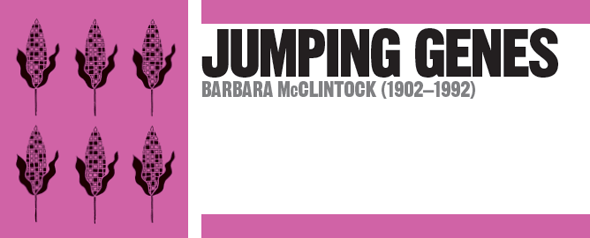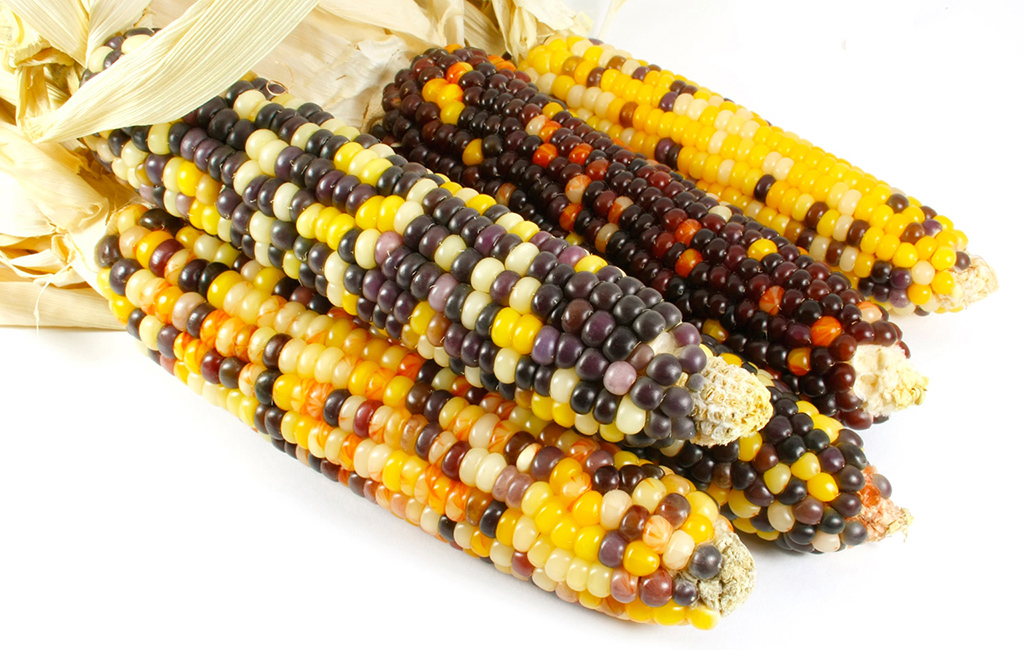
IN CONTEXT
Biology
1866 Gregor Mendel describes inheritance as a phenomenon determined by “particles” – later called genes.
1902 Theodor Boveri and Walter Sutton independently conclude that chromosomes are involved in inheritance.
1915 Thomas Hunt Morgan’s fruit fly experiments confirm earlier theories and show that genes can be linked together on the same chromosome.
1953 James Watson and Francis Crick’s double-helix model of the DNA that makes up chromosomes shows how genetic material is replicated.
2000 The first human genome is published, cataloguing the location of 20,000–25,000 genes on humans’ 23 pairs of chromosomes.
In the early 20th century, the laws of inheritance that had been described by Gregor Mendel in 1866 were refined as new discoveries were made about the particles of inheritance, identified as genes, and the microscopic threads that carry them, called chromosomes. In the 1930s, American geneticist Barbara McClintock first realized that chromosomes were not the stable structures previously imagined, and that the position of genes in chromosomes could alter.
Exchanging genes
McClintock was studying inheritance in maize plants. A maize cob has hundreds of kernels, each coloured yellow, brown, or streaked, according to the cob’s genes. A kernel is a seed – a single offspring – so studying many cobs gives a range of data on the inheritance of kernel colour. McClintock combined breeding experiments with microscope work on chromosomes. In 1930, she found that, during sexual reproduction, chromosomes paired up when sex cells were formed, creating an X shape. She realized that these X-shaped structures marked locations where chromosome pairs were exchanging segments. Genes that were once linked together on the same chromosome were shuffled around, which resulted in new traits, including variable colours.
This shuffling of genes – called genetic recombination – produces a far greater genetic variety in the offspring. As a result, the chances of survival in different environments are enhanced.

Variable colours in maize prompted McClintock to trace the genetic recombinations responsible for this variety, which she reported in 1951.
See also: Gregor Mendel • Thomas Hunt Morgan • James Watson and Francis Crick • Michael Syvanen